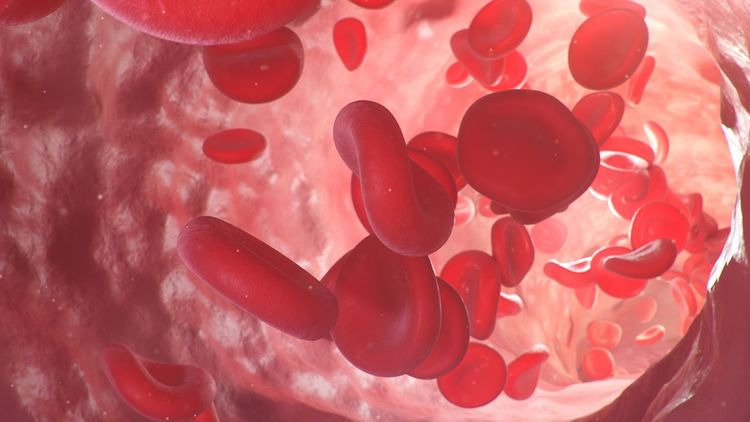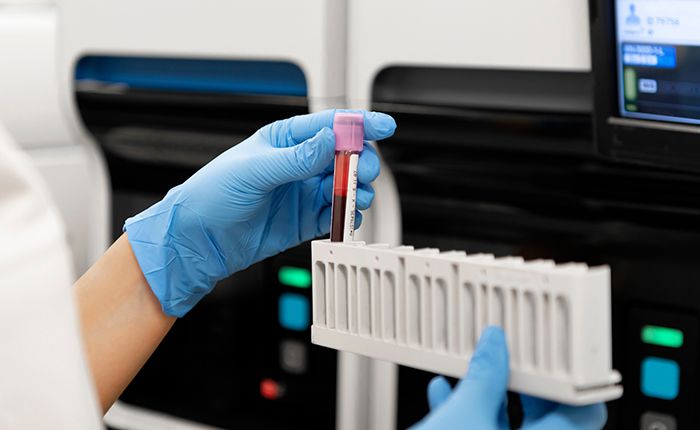October 2, 2020
In a recent interview with Healthline, I was asked a number of questions about what lessons the United States can learn from the “second surge” of COVID-19 now occurring in Europe. Let me share my answers with you here.
Q: Speaking generally, how did the second wave of COVID-19 occur across Europe and how likely is the United States to see its own second wave, given that many experts say we are still in our first?
The second wave has just started in Europe. As the weather becomes cooler, daylight hours shorten, students return to the classroom, and more activities occur indoors, the rates of COVID-19 positivity from viral testing start to escalate. The advantage that Europe has had in this process, versus what is expected to happen in the United States this fall, is that most European countries have established near-complete control of the prevalence rate of COVID-19 to less than 2%. Many parts of the United States are facing the expected autumn increase starting at baseline positivity rates of 7 to 15%.
Q: What lies ahead for Europe, and why might some countries have seen bigger peaks in the second wave while others have had smaller ones?
European countries have established a variety of different reactions to COVID-19 and in particular to the emerging second wave this fall. The rise is just starting, and the peak is still ahead of us and Europe. Germany has already imposed significant mitigation measures and lockdown procedures in anticipation of the second wave rise. Germany is likely to stave off and significantly blunt the upswing and the total number of cases. Other European countries (notably Sweden) have been relatively passive and instead support a drive toward “herd immunity.” Humans are not herd animals, and unfortunately, there have been significantly higher rates of symptomatic and severe COVID-19 in those countries versus their neighbors.
Q: What might what we’re seeing in Europe mean for the United States?
Public health experts in the United States and Europe have been predicting the second assault of COVID-19 this autumn for many months. COVID-19 is a respiratory virus, and all respiratory viruses (influenza and RSV, for example) increase in prevalence in the fall and winter (see the reasons in my answer to the first question). What is happening in Europe now is sure to happen across the United States, but in a stronger intensity with a higher rate of prevalence. This is more than likely given the higher baseline rate in so many U.S. communities coming out of the summer and the poor compliance rate by such a significant percentage of Americans towards wearing masks, social distancing, and keeping away from large gatherings.
Q: Anything else the United States can learn from various European countries’ approaches to handling COVID-19?
Early government action to put mandatory mitigation measures in place (mandatory masks, social distancing, and limiting crowd size) saves lives, significantly reduces the number infected, and reduces the number of people whose pulmonary and cardiac function is chronically injured by this virus.
Q: Anything we could be doing better?
Yes. Making a big mess of this whole COVID-19 pandemic response has led to unnecessary suffering and death and crippled our economy. If we don’t fix COVID-19, we can’t fix the economy because the American people are the economic strength of this country. Unfortunately, we can’t fix our past mistakes. We can only work hard to stave off its impact.
- Keep at a distance of at least 6 feet from others.
- Avoid multiple people in small rooms when indoors where you are sharing the same small volume of air. This is especially true where people are talking loud, singing, or cheering. Even outdoors, avoid large crowds!
- Wear a mask, especially if indoors.
- Wash your hands frequently during the day.
Inform yourself about COVID-19 risk in your community.
About the Author
Peter J. Plantes, M.D. has three decades of experience creating service and delivery solutions that enhance marketplace success and clinical performance for clinical practice groups, academic faculty group practices, hospitals, health systems, and health care organizations. His success stems from his ability to blend and synergize clinical knowledge, operational expertise, financial performance, and collaborative methodology with his deep commitment to serve patients and improve the health of the community. Dr. Plantes has served in CEO & Physician Executive roles for a number of large healthcare clinical delivery networks including regional community networks, academic practices, national hospital networks, international health systems (Chile, Colombia), and corporate managed care/HMO networks.












